This post is part of series by Brookings experts on Trump’s 1st State of the Union.
President Trump’s obsession with the “deep state”—the supposed network of entrenched bureaucrats who work to undermine presidential prerogatives (and thereby the will of the American people)—has been well documented. Despite all the vitriolic language and talk of dismantling the “rigged system,” Trump has done remarkably little thus far to reform the federal government. The State of the Union speech on January 30th will be Trump’s first major opportunity since his inauguration to lay out a strategy for federal government reform. If he is serious about tackling the “deep state,” he would do well to learn from two of his predecessors.
President Reagan first outlined his plan to reform the federal government through an executive order in 1982 (Executive Order 12369) much like Trump did with in March 2017 with Executive Order 13781, a “Comprehensive Plan for Reorganizing the Executive Branch.” However, unlike Trump, President Reagan followed up that executive order with the establishment of a Commission, known as the “Grace Commission” or the “President’s Private Sector Survey on Cost Control.” Reagan’s Commission was comprised of 161 corporate executives and community leaders with more than 2,000 volunteers—to “work like tireless bloodhounds to root out government inefficiency and waste of tax dollars.” And after almost two years of research, the Commission produced a 656-page, two-volume summary report consisting of 2,478 recommendations “on ways to save $424 billion of ‘waste’ in the Federal Government over three years.” For perspective, that’s over $1 trillion in 2017 dollars.
So, when Reagan announced in his 1985 State of the Union speech that “We’re moving ahead with Grace Commission reforms to eliminate waste and improve government’s management practices,” it was clear that he meant it. And indeed, many of the Grace Commission reforms have been enacted in the last 32 years, including the establishment of chief financial officers within federal agencies and the work of the Base Realignment and Closure Commission (BRACC). By 1990, implementation of Grace Commission recommendations saved an estimated $152.4 billion according to the non-profit organization Citizens Against Government Waste.
In 1993, President Clinton used the State of the Union address to outline what became known as the National Performance Review (later renamed the “National Partnership for Reinventing Government”). The NPR’s goal was to “make the entire federal government less expensive and more efficient, and to change the culture of our national bureaucracy away from complacency and entitlement toward initiative and empowerment. We intend to redesign, to reinvent, to reinvigorate the entire National Government.”
Like Reagan, Clinton put bureaucratic muscle and intellectual heft behind the effort of reforming the federal government. Vice President Gore was named to lead the NPR which was staffed with approximately 250 civil servants in addition to interns, state and local government employees on loan, and several hired consultants. In addition, each agency was tasked with developing its own internal “reinvention team” to work directly with Gore’s NPR team.
The final NPR report highlighted 119 recommendations and had 384 overall. The 38 specific accompanying reports total nearly 2,000 pages and expanded on the 384 recommendations by detailing 1,250 specific actions intended to save $108 billion, reduce the number of “overhead” positions, and improve government operations. Within the year, President Clinton had signed 16 directives implementing specific recommendations, including cutting the workforce by 252,000 positions, cutting internal regulations in half, and requiring agencies to set customer service standards.
Federal government reform is necessary—and important—but it cannot be done through executive order alone, regardless of Trump’s claim at the Republican National Convention in 2016 that “Nobody knows the system better than me, which is why I alone can fix it.” Presidents Reagan and Clinton understood that federal government reform requires a dedicated and informed group working full-time on this and nothing else. In order to reform the bureaucracy, a president needs to get his or her people inside of it, to shape change from within the system. Unfortunately, there is an estimated 256 positions for which the White House has yet identify a nominee.
Throughout his campaign, Trump promised to “make America great again” by cutting the vast amounts of “waste, fraud and abuse” that Trump said is “all over the place… with every agency, waste, fraud and abuse.” If Trump intends to make good on his promise to “cut so much [federal waste], your head will spin,” then he should use the upcoming State of the Union speech to outline a strategy for effectively and efficiently reforming the federal government. A successful (and serious) strategy for federal reform should include at least these six elements:
- A clear outline of what the mission of the reform effort is and how success will be measured;
- An identified leader of the reform effort;
- Personnel with relevant experience (especially inside the federal government) and in sufficient quantities to accomplish the mission;
- Demonstrated White House support for the group leading the reform effort;
- The allocation of resources necessary to support the reform effort;
- A timeline for the publication of reform recommendations; and,
- A date by which the reform group will cease operations (a so-called “sunset date”).
President Trump’s repeated war chant of “drain the swamp” is crude but also reflective of Americans’ long held belief that the federal government is inefficient and ineffective. Presidents of both parties have tapped into that frustration and used the State of the Union to launch major federal reform initiatives. On January 30th, Americans will be watching to see if Trump can back up his rhetoric with action.

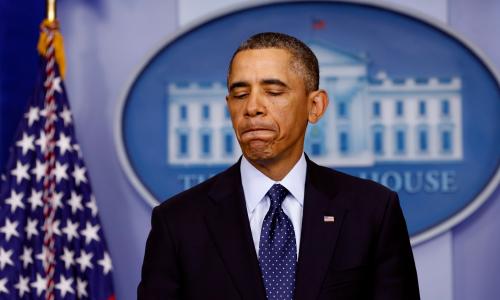
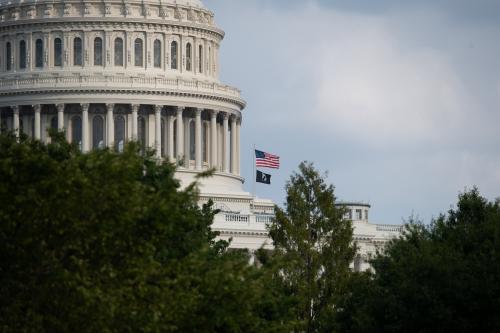
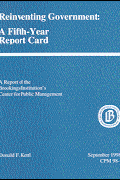
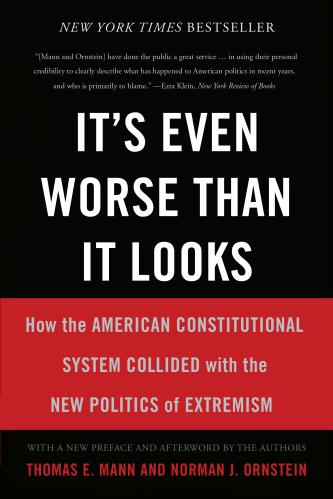
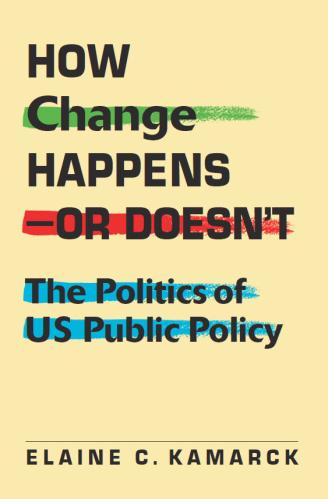




Commentary
Trump’s 1st State of the Union: Will he have a plan to reform the “deep state?”
January 24, 2018